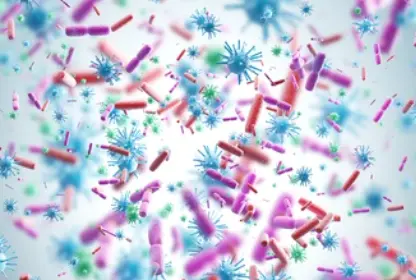 Welcome
Welcome
“May all be happy, may all be healed, may all be at peace and may no one ever suffer."
Water purification - Generics
Water purification is the process of removing unwanted substances, including contaminants and pollutants, from raw water to make it safe for drinking and other purposes. Water purification is important for public health, as it helps prevent the spread of water-borne diseases.
There are several methods of water purification, each with its own advantages and limitations. The most common methods include:
- Filtration: Filtration is the process of passing water through a physical barrier to remove impurities. This can be done using a variety of materials, including sand, gravel, and activated carbon. Filtration is effective at removing large particles, such as sediment and debris, but may not remove all contaminants.
- Distillation: Distillation is the process of boiling water and then collecting the steam as it condenses. This process removes most contaminants, including bacteria and viruses, but may not remove some chemicals.
- Reverse osmosis: Reverse osmosis is a process of passing water through a semi-permeable membrane that blocks the passage of most contaminants. This process is effective at removing many types of impurities, including bacteria, viruses, and chemicals.
- Chlorination: Chlorination is the process of adding chlorine to water to kill bacteria and other microorganisms. This is a common method of water purification in many municipalities, but it may not remove all contaminants.
- Ultraviolet radiation: Ultraviolet radiation is a process of exposing water to UV light to kill bacteria and other microorganisms. This is an effective method of water purification but may not remove all contaminants.
Water purification is important for public health, particularly in areas where access to clean water is limited. In many developing countries, water purification is essential for preventing the spread of water-borne diseases such as cholera, typhoid, and dysentery.
In addition to protecting public health, water purification has several other benefits. For example, it can improve the taste and odor of water, which can encourage people to drink more water and stay hydrated. It can also reduce the need for bottled water, which can help reduce plastic waste.
Overall, water purification is an important process that helps ensure access to safe, clean water. There are several methods of water purification, each with its own advantages and limitations. It is important to choose the appropriate method for the specific situation to ensure effective water purification.

AIDS-related Kaposis sarc...

Postexposure prophylaxis...

Gastroenteritis

Salmonellosis

Pregnancy

Hepatic amoebiasis

Pneumococcal pneumonia

Ancylostomiasis
Water purification, পানি পরিশোধন
To be happy, beautiful, healthy, wealthy, hale and long-lived stay with DM3S.